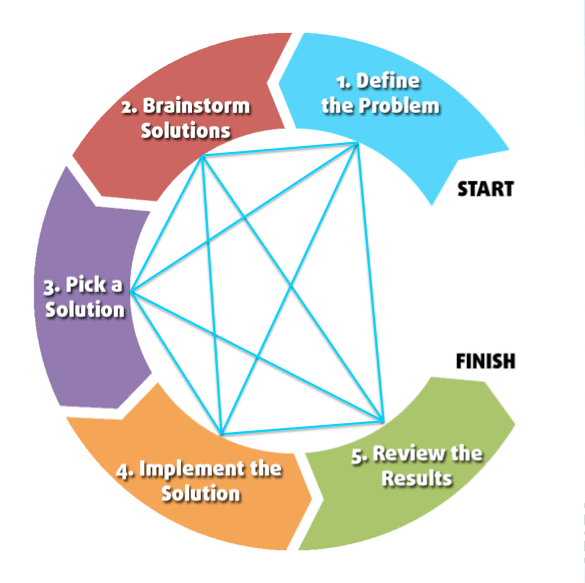When it comes to problem analysis in HR, there are several problem-solving techniques that can be effective in identifying and addressing challenges. Here are five commonly used techniques:
- Root Cause Analysis: This technique focuses on identifying the underlying cause of a problem rather than just treating the symptoms. It involves asking “why” repeatedly to delve deeper into the issue until the root cause is discovered. Once the root cause is identified, appropriate solutions can be implemented to address it effectively.
- SWOT Analysis: SWOT stands for Strengths, Weaknesses, Opportunities, and Threats. This technique involves assessing the internal strengths and weaknesses of the HR department or organization and analyzing external opportunities and threats. By understanding these factors, HR professionals can gain insights into the current state of affairs and develop strategies to leverage strengths, overcome weaknesses, capitalize on opportunities, and mitigate threats.
- Fishbone Diagram (Ishikawa Diagram): This visual tool helps identify and categorize potential causes contributing to a problem. The diagram resembles a fishbone, where the problem is placed at the head, and potential causes are represented as branches. These branches are further divided into sub-branches that represent various categories such as people, processes, equipment, environment, etc. The fishbone diagram aids in organizing information and uncovering different factors that might be contributing to the problem.
- Pareto Analysis: This technique is based on the Pareto Principle, also known as the 80/20 rule, which states that 80% of the effects come from 20% of the causes. In HR problem-solving, it involves identifying the vital few factors or causes that are responsible for the majority of the problems. By focusing efforts and resources on these critical factors, HR professionals can achieve significant improvements.
- Brainstorming: Brainstorming is a collaborative problem-solving technique that involves generating a large number of ideas in a group setting. The goal is to encourage creative thinking and generate a wide range of potential solutions. During a brainstorming session, participants are encouraged to share their ideas freely, and no judgment or evaluation of ideas is done at this stage. Once a list of ideas is generated, the group can evaluate and refine the solutions to determine the most viable options.
These problem-solving techniques can help HR professionals analyze and tackle various challenges they may encounter in the workplace effectively. It’s important to adapt and apply the techniques according to the specific problem at hand and the context of the organization.
Became a Certified HR Professional. Join Next Innovation Asia, The best HR Training Institute in chennai, we offering Practical HR Courses with Assured Job Support.
Join us to grow your career in HR Domain

